Wellcome Change
London’s Wellcome Collection receives five times the number of visitors it predicted when it opened seven years ago. To accommodate the crowds, the museum has been redeveloped. Head of Operations Donne Robertson explains what this means for the popular attraction
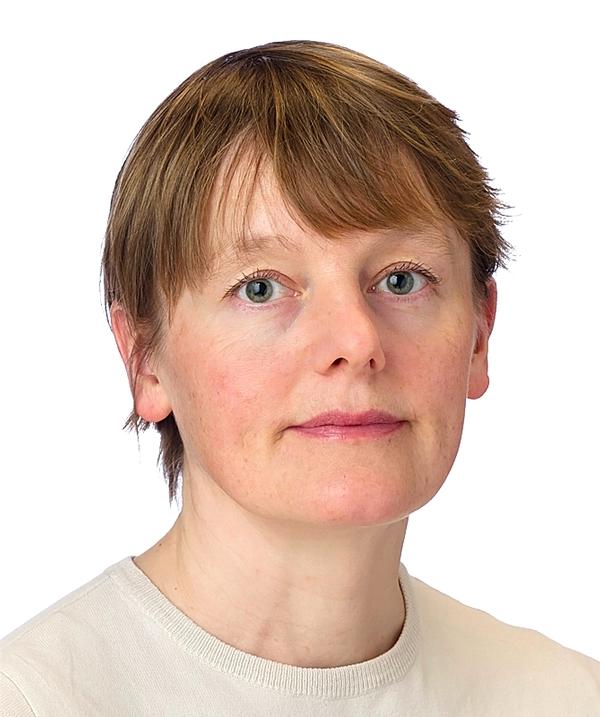
What is the Wellcome Collection?
Our brand proposition is that we’re the free destination for the incurably curious. The museum is known for its eclectic collection, which explores medicine, art and life.
On London’s busy Euston Road, it’s a sanctuary for enquiring minds. Our exhibitions and events explore the fascinating areas where art, life and medicine overlap. The Wellcome Collection is part of the Wellcome Trust, a global charitable foundation which is the legacy of Sir Henry Wellcome.
Wellcome was an obsessive collector. He had millions of objects and artefacts and a vision of a “Museum of Mankind” that would encompass his extraordinarily wide range of interests.
The Wellcome Collection building was originally the home of Wellcome’s museum of medicine. It was for medical professionals, to assist them with their practice, and entry was by invitation only.
After Wellcome died in 1936, the Wellcome Trust used the building as its headquarters, staying there for the next 70 years. When the Wellcome Trust outgrew the offices and moved into a property next door, the building was free to become a museum again.
Our visitors say the way we approach a subject is eclectic, weird, holistic, cutting edge, quirky and deep. What we’re definitely not is dumbed down, boring, old-fashioned, commercial, daunting or hard work.
Why redevelop so soon after opening?
When the Wellcome Collection opened to the public in June 2007, it was unchartered territory. We anticipated getting 100,000 visits per annum and that’s what our services and facilities were predicated on. However, we were soon receiving over 500,000 visits a year.
The Wellcome Trust saw it as a fantastic opportunity to tap into that thirst for knowledge and information. Work started in spring 2012 and a bigger, bolder Wellcome Collection opened in February 2015.
What work was done?
Building and expanding weren’t an option because of our footprint. Instead, we opened up existing spaces with creative interventions, such as reclaiming the central light well for space that we can use. The development project has increased our gallery spaces by 40 per cent and brought some new and exciting public spaces into play, which were previously back-of-house areas.
The highlight is this spectacular helical staircase designed by Stirling Prize-winning architects Wilkinson Eyre. The staircase greets visitors as they enter the venue, spiralling asymmetrically from the ground floor, punching through the first floor and up into the second floor. It’s a powerful way to get visitors flowing around the building and can be seen rising up through the venue from outside through the windows.
Many think of the staircase as representative of the double-helix structure of DNA. In fact, it doesn’t represent any single living thing, but its organic free-flowing shape is evocative of nature.
The staircase gives you different views of the building as you climb, offering new perspectives and glimpses of our spaces. We’re excited about it – it’s the building’s signature, linking our spaces and activities and drawing our programme together.
How much did it cost?
It’s a £17.5m ($26m, €24m) redevelopment, which came in right on budget.
What’s in the new spaces?
In one of the new spaces is a thematic gallery, which means we can host exhibitons for longer. Up until now our exhibitions have been relatively short – four months maximum.
One of our previous exhibitions was High Society, which explored mind-altering drugs in history and culture. As well as heroin and cocaine, we looked at a whole range of substances, including betel nut, opium, coffee, tobacco and alcohol.
Our research showed that people wanted the opportunity to come back and visit the High Society exhibition again, but it had moved before they had time. The new thematic gallery will allow us to hold exhibitions for a year and support them with an events programme. We’ll also change the exhibition over the year with new commissions and interventions.
Our first year-long show, the Institute of Sexology, has been very busy. We’ll still have exhibits that run for a few months, but we’ll also have a larger, year-long one.
Our two permanent exhibitions – Medicine Man, which is about Henry Wellcome, and Medicine Now, about contemporary medicine and culture – are on the first floor. Regular visitors who have already explored them don’t always venture upstairs anymore, so we’ve been putting much more on our upper levels to encourage those visitors to keep exploring, including a restaurant and the transformed Reading Room, which allows visitors to delve deeply into a wide range of subjects and get to grips with Wellcome’s collection.
We also have a dedicated youth studio space for 14 to 19-year-olds featuring work that young people have crafted and curated themselves.
What’s the Reading Room?
Part gallery, part event space, the Reading Room is at the heart of the expanded Wellcome Collection at the top of the new stairs. It’s entirely open to the public and contains strange and wonderful objects, artworks and thousands of books.
AOC Architects, who designed the interior, created an experimental space for curious minds surrounded by curious things. The Reading Room bridges the programmes and exhibitions of Wellcome Collection and the extraordinary holdings of the Wellcome Library which sits within the building and holds millions of books, journals, prints and paintings connected to health.
The Wellcome Library facilities have also expanded as part of the redevelopment and we’ve undertaken an ambitious digitisation programme to make its riches freely available to all.
If you’re interested in what it means to be human, there’s something for you. Novelists such as Sebastian Faulks and and Ian McEwan have used the library and it’s a renowned resource for both biomedical historians and the curious public.
Tell us about your overseas programme.
As we have global aspirations, an international emphasis is very important. The Wellcome Trust works overseas with programmes in Vietnam, Thailand and parts of Africa, specifically concentrated on HIV, TB and malaria, and has been involved in funding activities to combat ebola.
The Trust’s biomedical research is linked to hospitals, scientists and universities. It provides funding for scientists to undertake vital frontline research, part of the Trust’s mission to improve human health.
Wellcome Collection projects bring artists and scientists together from across continents. We’ve launched Medicine Corner in India, exploring the diverse history and traditions of medicine in India with a series of locally curated events and exhibitions across the country. Many of our exhibitions tour internationally and we also work with artists from around the world.
What’s your events programme?
Our events programme is constantly changing. We encourage people to bring a sandwich in their lunch hour and listen to a scientist, historian of medicine or artist talk about a particular subject.
We also do interactive events. As part of an exhibition about death, Death: A Self Portrait, we ran an evening event across the building called Seize the Day featuring New Orleans jazz bands, a coffin-decorating competition and talks on risk and death. We asked people to think about what they’d do if they only had one day left to live.
Another event involved the Handlebar Moustache Group of Britain, a Crufts-like beauty parade with scientists explaining things like why our hair keeps growing after we die. And we contribute to the BBC World Service’s Exchanges at the Frontier where scientists discuss their areas of expertise.
Who do you market to?
A huge proportion of our visitors are 16 to 24-year-olds. Many have a medical interest, but it may be from a humanities or artistic perspective. I get a 192-page evaluation of our audience demographic profile every year – how we reach them and how we can best align our activities to their interests. It’s quite a read!
Who was Sir Henry Wellcome?
Sir Henry Wellcome (1853-1936), the founder of the Wellcome Trust, was a businessman, collector and philanthropist. Wellcome co-founded a multinational pharmaceutical company that mastered modern techniques of advertising such as promotion, image and branding. The wealth that Wellcome’s company brought him allowed him to amass an astonishing collection of historical objects, which at the time of his death was larger than that of many of Europe’s most famous museums. He also funded pioneering medical research. In his lifetime, scientists funded by Wellcome made great breakthroughs into understanding how our bodies work. After his death, Wellcome’s will provided for the creation of the Wellcome Trust.
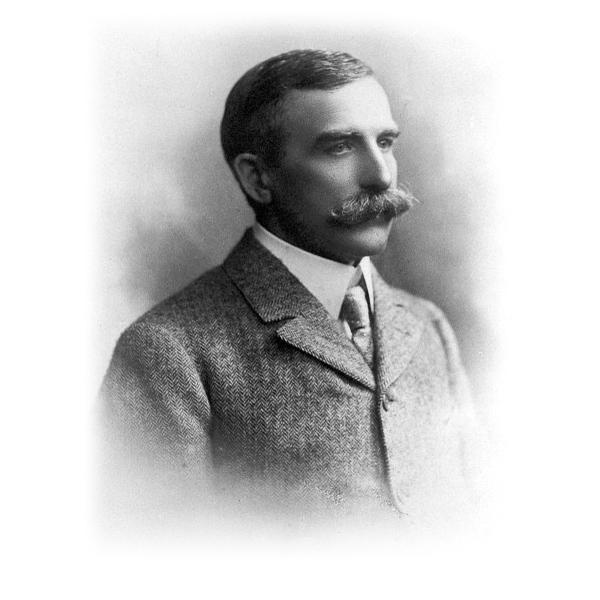
What is the Wellcome Trust?
Established in 1936, the Wellcome Trust is a global charitable foundation dedicated to improving health. It provides £700m ($1bn, €957m) a year to supporting bright minds in science, the humanities and the social sciences, as well as education, public engagement and the application of research to medicine. After the Bill and Melinda Gates Foundation, it’s the second-largest charity in the world.
It has an endowment of some £18bn ($27bn, €25bn) through its investment portfolio which gives it independence to support transformative work like the sequencing of the human genome and researching front-line drugs for malaria, as well as running Wellcome Collection. The Trust’s five major areas are maximising the health benefits of genetics and genomics; understanding the brain; combating infectious disease; investigating development, ageing and chronic disease; and connecting environment, nutrition and health.
Curiouser & curiouser
Creating a “home for the incurably curious” inspired the Wellcome Collection’s new look, as Wilkinson Eyre’s director Paul Baker explains
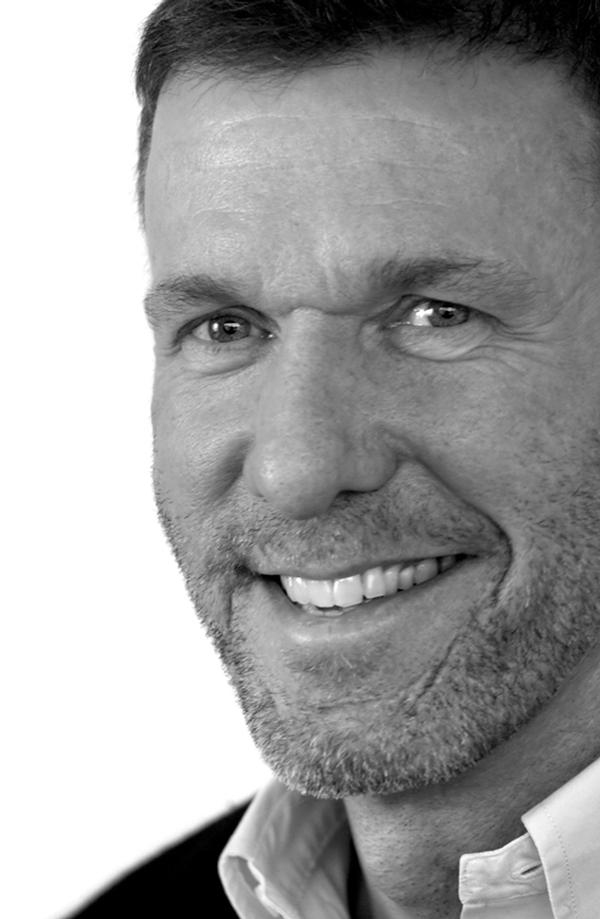
Can you describe your design?
It’s a refurbishment of the existing 1930s building. It transforms the main entrance and creates a new spiral staircase to encourage circulation. There’s also increased exhibition space, a destination restaurant, new youth events space, collaborative working space and an improved research library.
Our focus was on opening up the building. The main problem the Wellcome Collection had was that a lot of people went to the ground floor, which has a very successful café and a temporary exhibition space, but they didn’t venture any further. The new design is primarily to encourage people to visit more of the building and explore the amazing facilities and exhibitions contained within.
What was your inspiration?
In 2007, the collection was re-launched as a home for the incurably curious, which is a concept that really intrigued us – it inspired a lot of the work.
We’ve made it more accessible and raised public awareness of the collection, the research and the facilities.
What was the brief?
The brief was to accommodate the increasing visitor numbers. We’ve created a vertical circulation route that brings people into the building and opens it up a lot more. The spiral staircase encourages better circulation between the floors, inviting visitors to the refurbished Research Library, existing and new gallery spaces and new restaurant. People should be excited about venturing upstairs – it should intrigue the incurably curious.
How do you expand a building without increasing its size?
Much of its expansion was made possible through the change in use. The building was built in 1932 to house Henry Wellcome’s collection and primarily comprised laboratory and research spaces. It’s since become a public building so we’ve reimagined the spaces to be more exciting and more efficient.
How have you changed the entrance?
Before the redevelopment the entrance space was very exposed, as the sliding glass doors were constantly open with frequent people movement. The lobby was very cold, or wasteful of heat, and it was noisy as it opens onto Euston Road. We introduced two revolving doors either side of the main entrance to solve the environmental problems and presents a more approachable and better proportioned facade.
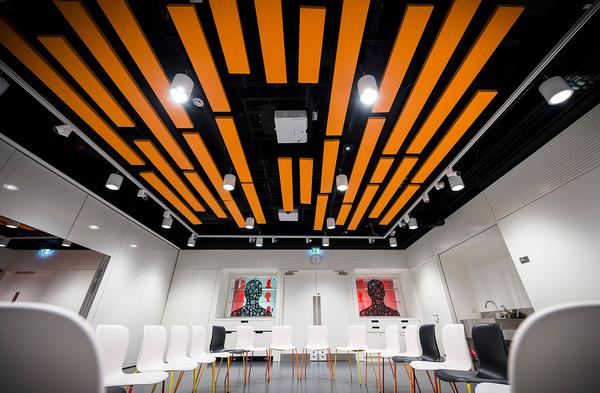

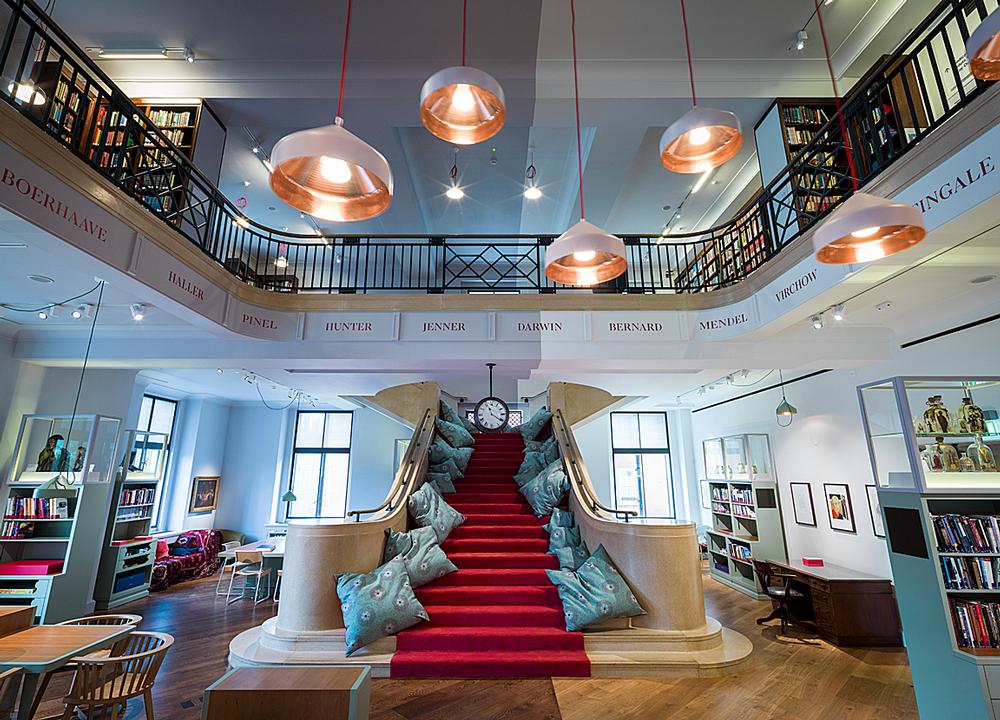
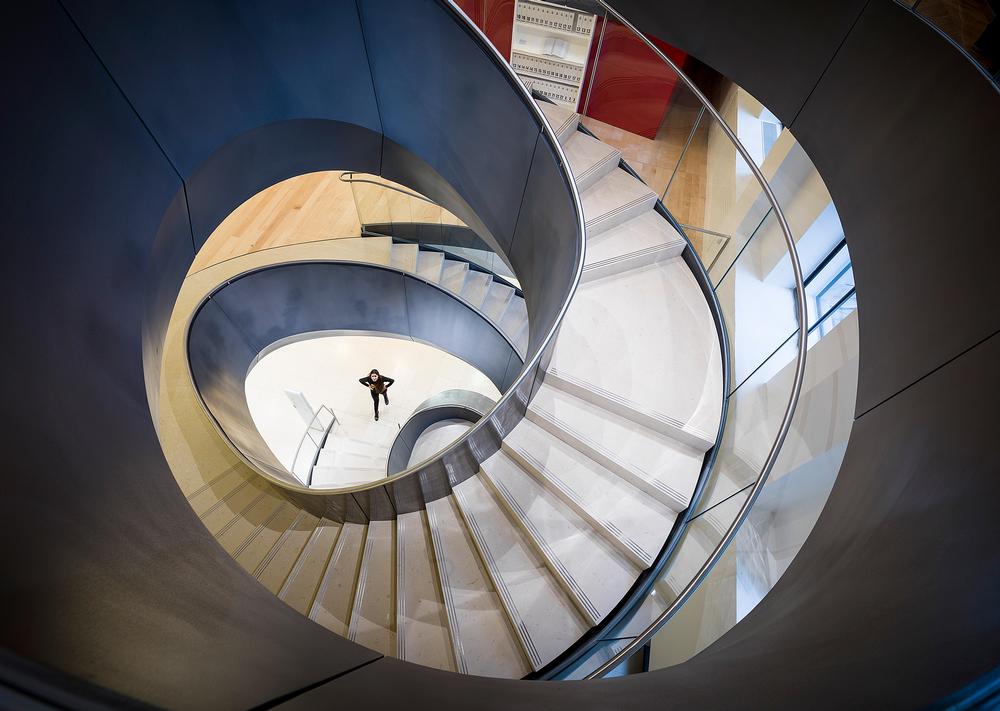
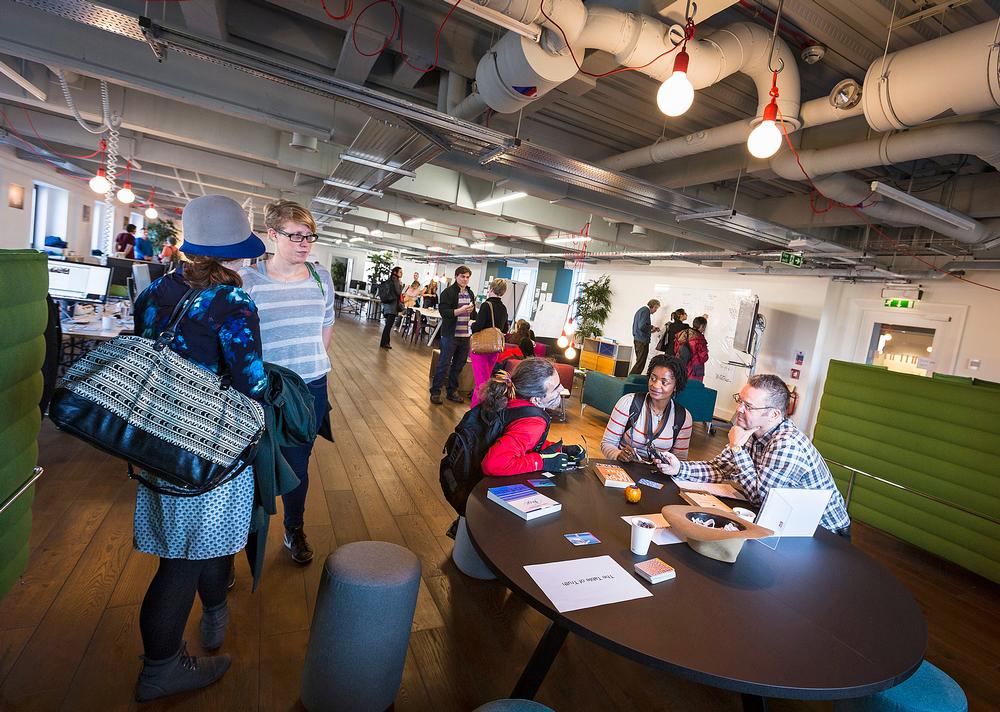
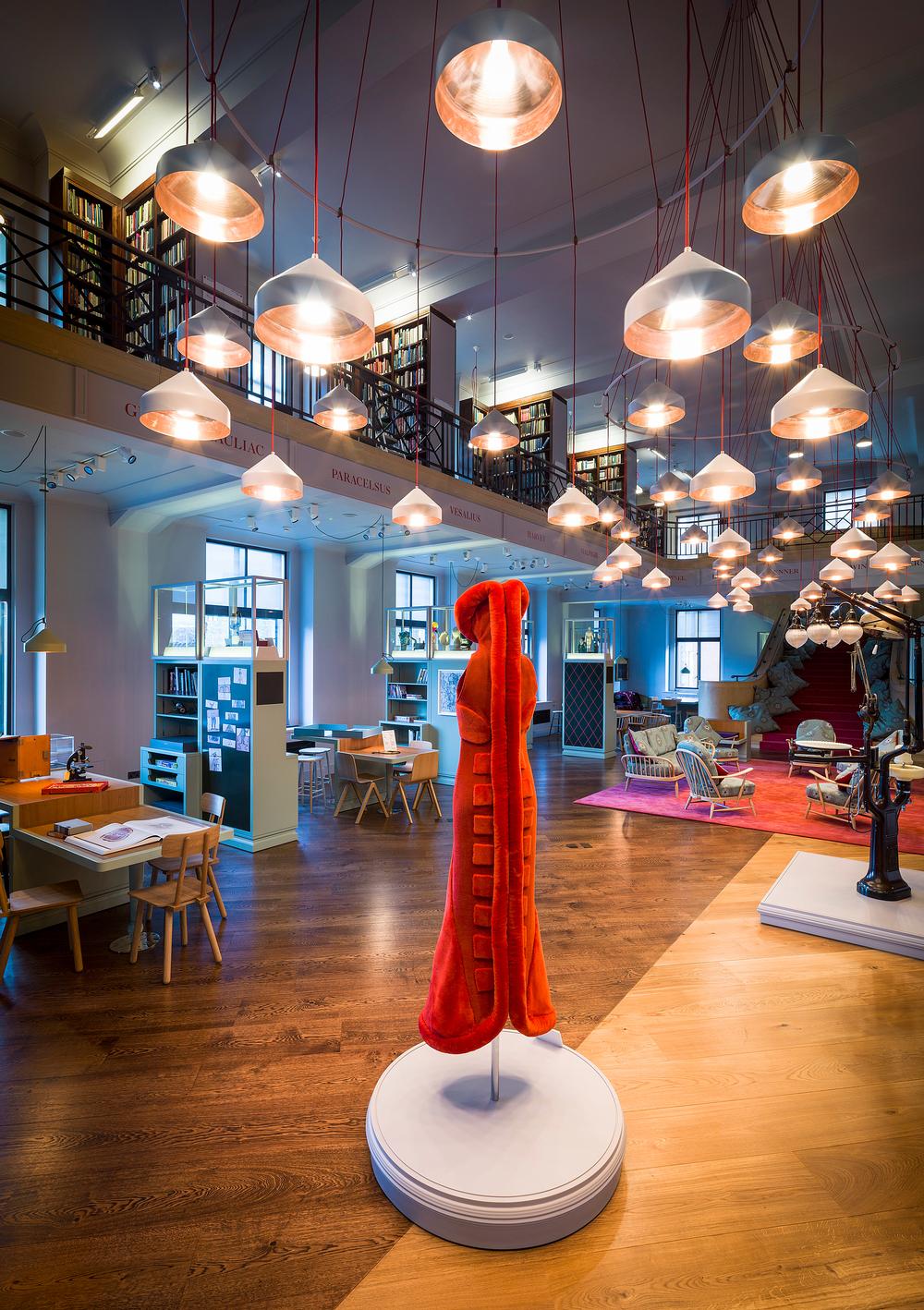
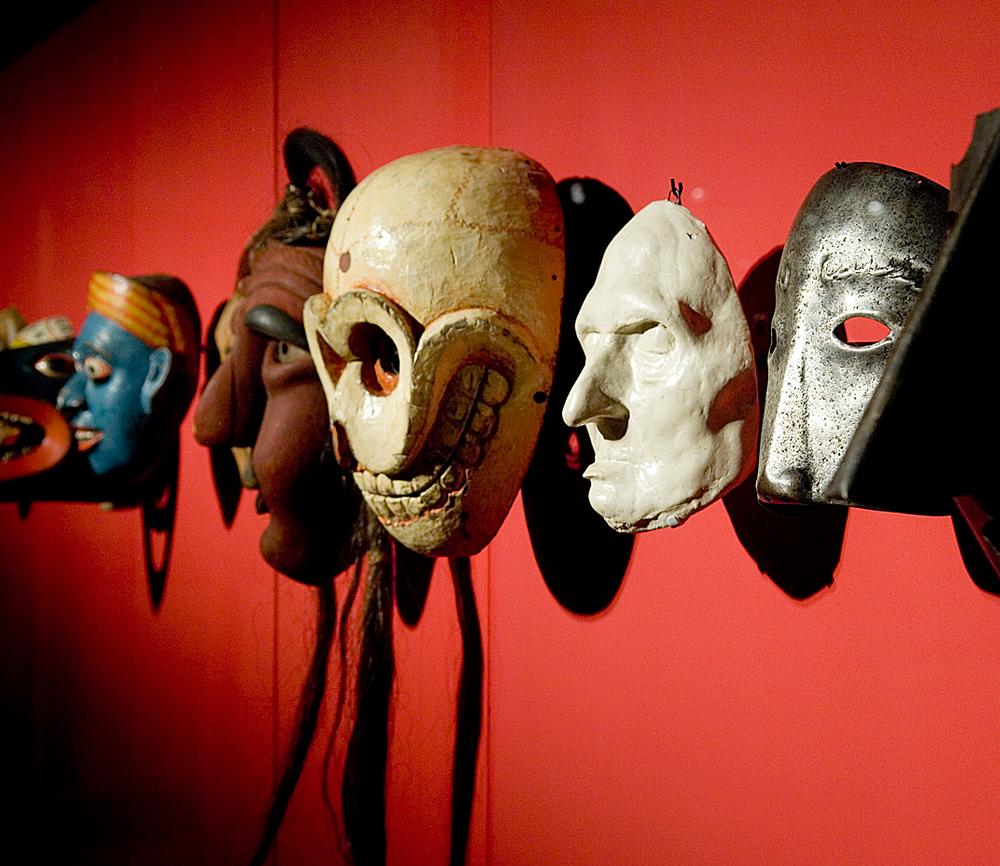
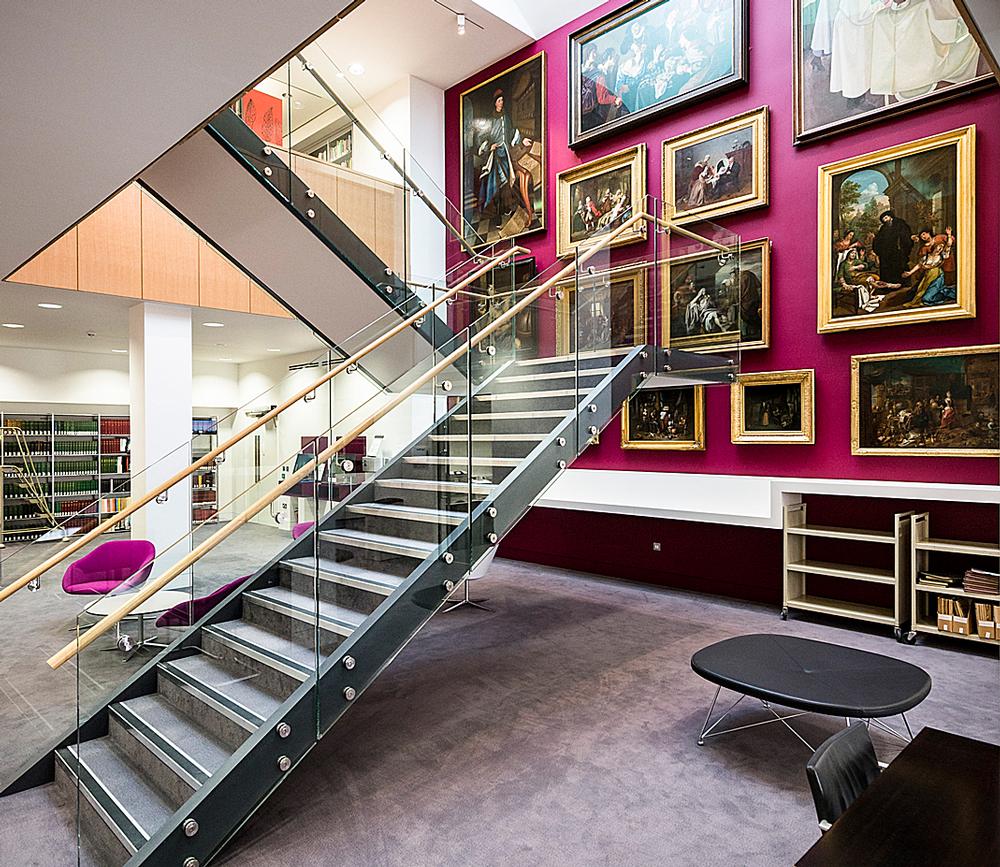
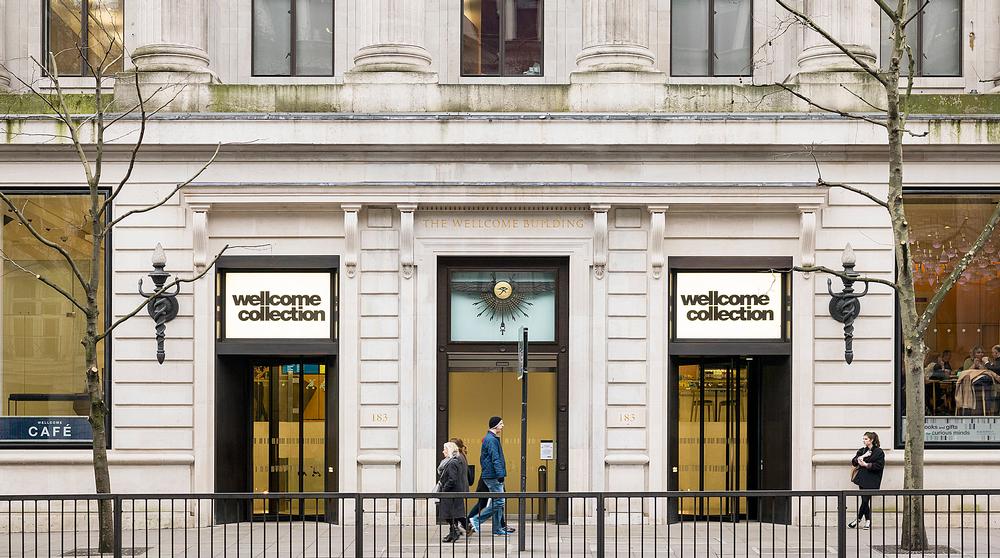
Duty Manager
Duty Manager Golf and Athletics
Leisure Centre Duty Manager
Leisure Supervisor (Development)
Recreation Assistant (Dry Site)
Party Leader
Cleaning Assistant
Duty Manager
Duty Manager
Centre Manager (Leisure)
Director of Operations
Fitness Motivator
Recreation Assistant/Lifeguard (NPLQ required)
Recreation Assistant
Swim Teacher
Swim Teacher
Chief Executive Officer, Mount Batten Centre
Swimming Teacher
Swimming Teacher
Company profile
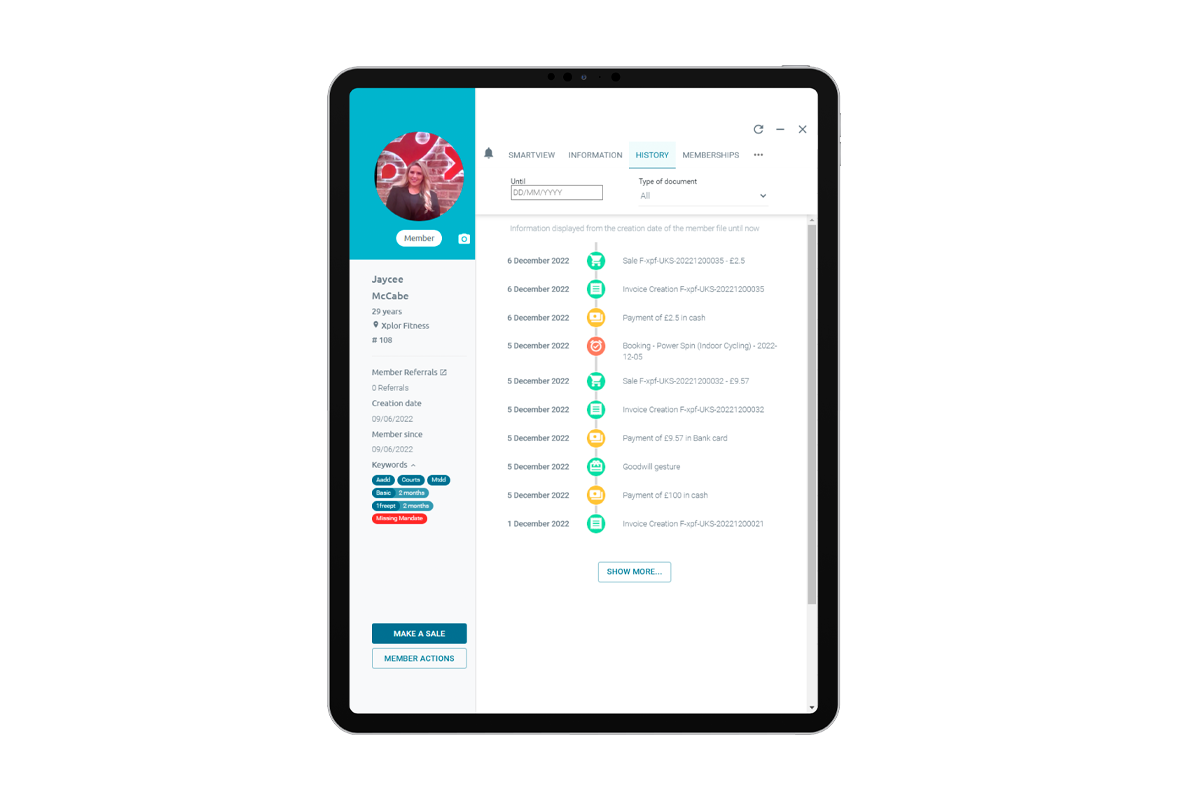
Featured Supplier
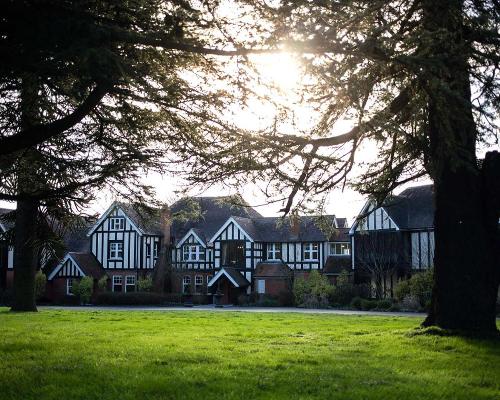
Property & Tenders
Company: Knight Frank
Company: Belvoir Castle
Company: AVISON YOUNG
Company: London Borough of Bexley
Company: Forestry England














